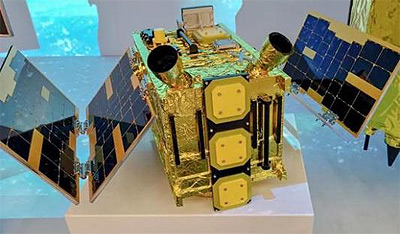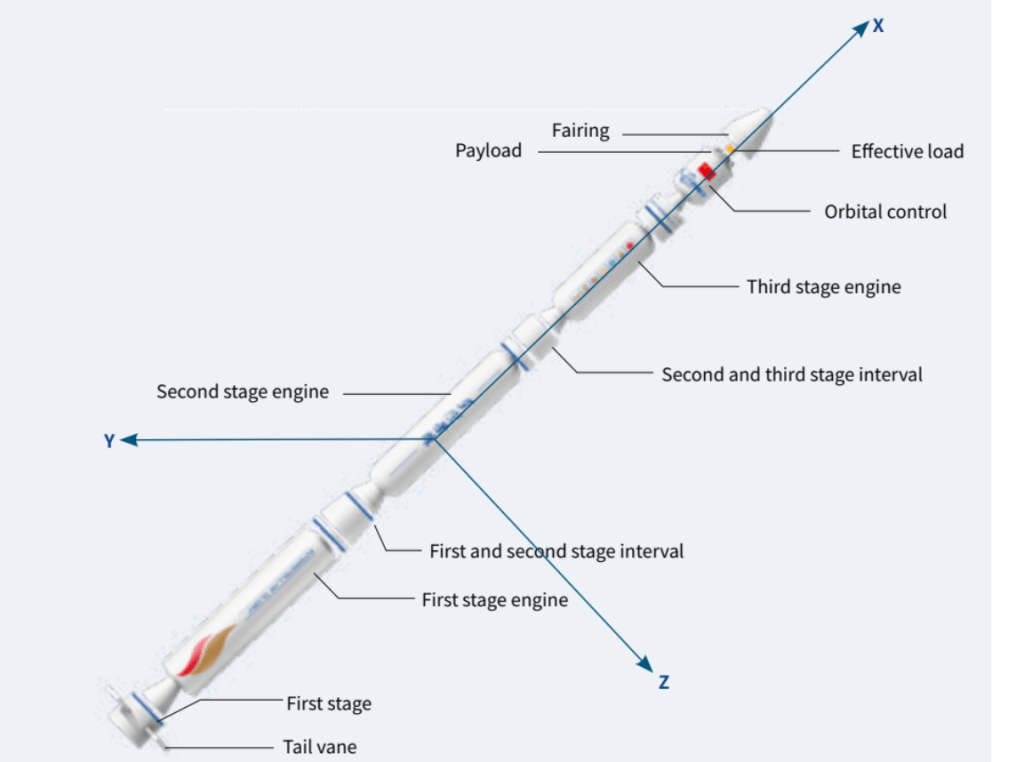Check out our Prelaunch Preview if you want to know more about the mission before lift off.
Lift Off Time | May 13, 2022 ~ 07:30 UTC | 14:30 BJT |
|---|---|
Mission Name | Jilin-1 Mofang-01A(R) |
Launch Provider | i-Space (Chinese company) Not to be confused with ispace (Japanese company) |
Customer | i-Space |
Rocket | Hyperbola-1 (aka Shuang Quxian-1, SQX-1) |
Launch Location | Site 95, Jiuquan Satellite Launch Center, China |
Payload mass | Estimated 18 kg (40 lb) |
Where did the satellite go? | Intended: Sun-syncronous orbit (SSO) Actual: Destroyed upon failure |
Did they attempt to recover the first stage? | No, this is not a capability of i-Space. |
Where did the first stage land? | It exploded into pieces over the Inner Mongolian Desert |
Did they attempt to recover the fairings? | No, this is not a capability of i-Space. |
Were these fairings new? | Yes |
This was the: | – 4th orbital launch attempt of Hyperbola-1 (3rd failure) – 2nd orbital launch attempt of the Hyperbola-1 V2.0 launch vehicle – 52nd orbital launch attempt of 2022 |
Where to watch | Witness Video On Weibo |
How Did It Go?
The private Chinese company i-Space unsuccessfully launched another Hyperbola-1 rocket. Three previous launch attempts have all resulted in failure of the launch vehicle and thus, loss of the payloads. The exact time of liftoff and subsequent failure is unclear, but loss of the payload is confirmed. See one of their previous launch failures here: i-Space | Hyperbola-1.
What Is The Jilin-1 Mofang-01A(R)?
As is typical with most launches out of China, information is difficult to gather. The Jilin-1 satellite was an Earth observation satellite that would have contributed to a constellation of similar satellites. If the launch succeed, this would have been the first satellite in the constellation to reach orbit. Each satellite is owned by Chang Guang Satellite Technology Co and have a launch mass of 18 kg (40 lb).

What is the Hyperbola-1 rocket?
Hyperbola-1 (SQX-1) is i-Space’s first orbital class rocket consisting of three stages with a fourth stage for orbital attitude control. An aspect of Hyperbola 1, not seen on most orbital class rockets, is the use of solid rocket motors for all three stages. This means that there is no way to shut down any of the stages once they are lit.

Some sources have claimed that the first orbital Hyperbola-1 rocket was different than the second. The first Hyperbola-1 launch vehicle consisted of parts and design methods partially based off of CASC technology. i-Space then decided to move away from the CASC to become more independent. Sources state that almost the entire rocket was changed except for the control systems such as the grid fins on the bottom of the first stage and the Reaction Control System (RCS). Flight 1 also included a liquid fuel powered fourth stage (CASC technology, because i-Space does not yet have an operational liquid fueled first stage) accompanied by three other solid stages. Flight two included all solid stages as previously described.
The first version of the Hyperbola 1 rocket measured a total of 20.8 meters (68 ft) while the V2.0 totals 24 meters (78 ft). However, the payload users guide provided by i-Space lists the height at “about 21 meters.” Hyperbola 1 has the capability to lift up to 280 kg (620 lbs) into a 300 km (186 mile) Low Earth Orbit (LEO).
Future Rockets
Already in development, Hyperbola 2 is slated to have a reusable first stage. The JD-1 engine in development completed a 500 second hot fire and gimbal test in November of 2020.





